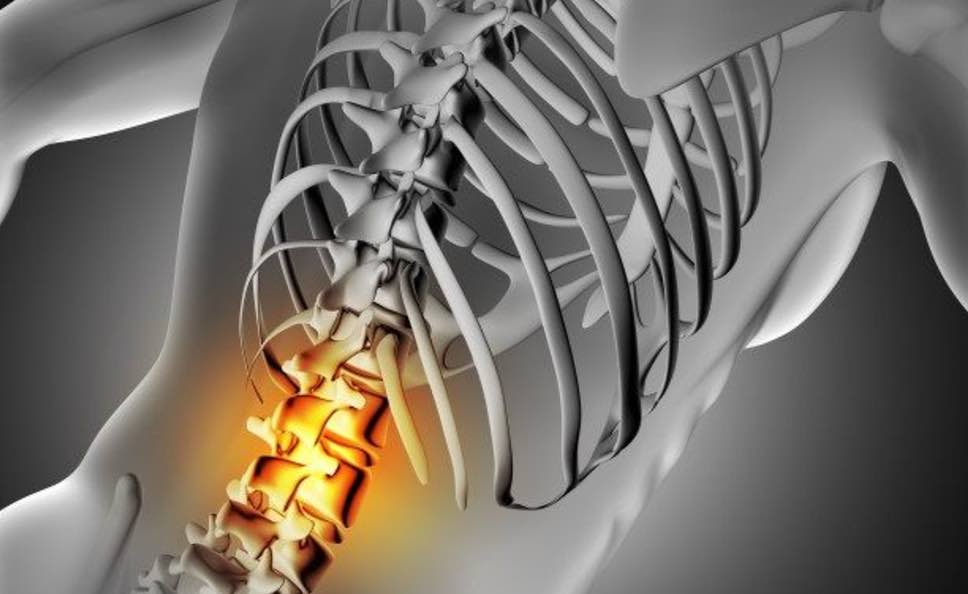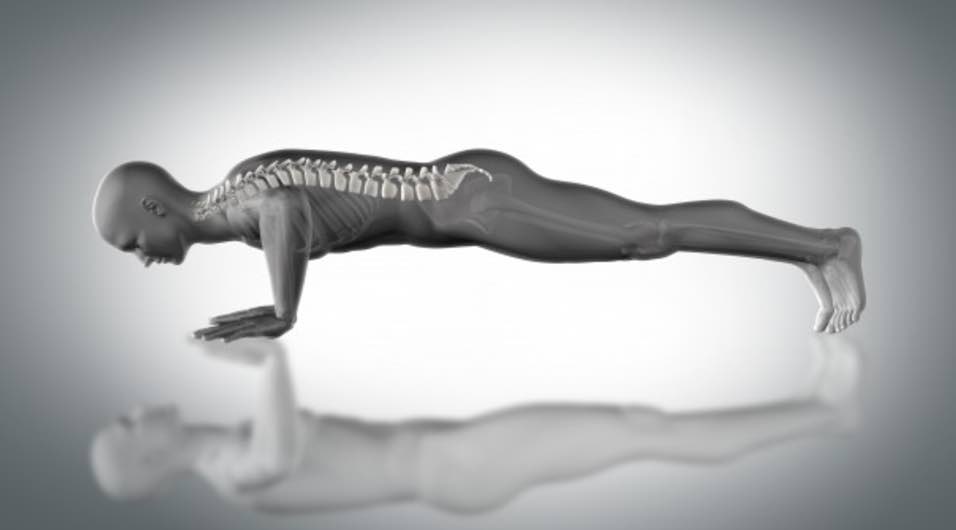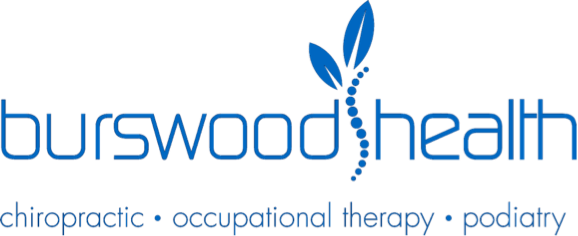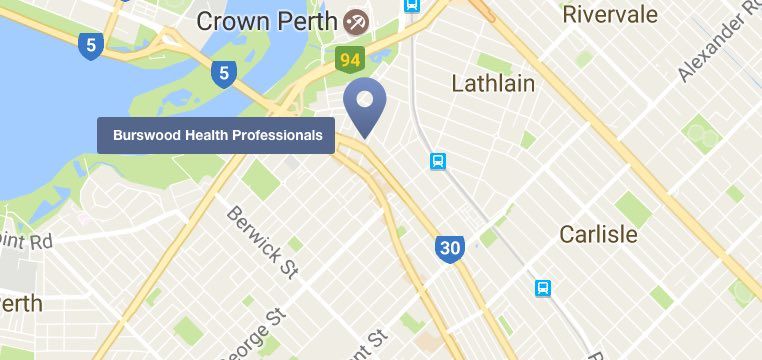Manipulation
Manipulative therapy and adjustments can effectively be applied to any dysfunctional joint to improve function and relieve pain.

A Brief History of Spinal Manipulation
The chiropractic profession started in 1895 with the idea that back pain and ill health could be caused by misaligned vertebrae that compress spinal nerves.
Dr. Palmer, the founder of chiropractic, developed the idea of applying a specific thrust to a misaligned spinal segment that he called a spinal subluxation. He called the correction a ‘spinal adjustment’. Palmer’s reputation grew and word spread quickly that this new treatment called chiropractic works wonders.
By the early 1900s, the Palmer School of Chiropractic in Davenport, Iowa became the first institution to teach chiropractors. The young profession was on the move, and it has continued to grow ever since.
The concept of the spinal adjustment and vertebral subluxation was new and controversial. Palmer taught that only chiropractors could diagnose and treat the vertebral subluxation complex and by doing so, back and neck pain was eased and a person’s health was improved.
The fact is that spinal manipulation has been used for millennia. Ancient Greek, Egyptian and Indian writings refer to the manipulation of joints - and ‘bone setters’ were known in Europe for hundreds of years. Dr Palmer may have been the founder of the chiropractic profession, but he based his ideas on a long history of manipulative therapy. He may have adapted the terms ‘subluxation’ and ‘adjustment’ from European lay healers and doctors, possibly to give distinctiveness and draw attention to his new profession.
Spinal Subluxations, Jammed Joints and Pinched Nerves
Theories and concepts evolve over time. Spinal subluxation, or the ‘bone-out-of-place theory’, has drawn significant criticism from outside and within the profession. Criticism because the term doesn’t accurately describe what happens to a spinal joint which is subluxated. It can be jammed – or hypomobile – and not moving at all. Or ligaments can be torn in an accident or fall – and then it is too mobile and unstable. Both are subluxated – but each is a very different problem that requires a different approach.
At Burswood Health, we recognise the importance of subluxation in an historical sense, but embrace the more contemporary concept of vertebral joint dysfunction.
Many chiropractors, and chiropractic patients, use the term spinal subluxation.
A subluxation is dysfunction of a joint or motion segment in which alignment, movement and/or physiological function are altered. In other words, the joint doesn’t function properly and this may affect biomechanical integrity and nerve function (mostly causing pain!). You can no more see a subluxation on an x-ray than you can see a limp, or a headache.
A motion segment as defined as two vertebrae with paired facet joints, separated by a disc. A ‘motion segment’ should move – smoothly and evenly – controlled by an array of spinal muscles.
Other Pain You Might Feel
Lower Back Pain
Pain in the lower region of your back could be due to a number of reasons. Read more about why you are experiencing lower back pain.
A motion segment can become impinged and dysfunctional, causing muscle guarding and pain. It is well recognised that spinal manipulative therapy can improve joint movement and relax painful muscles.
Injury, trauma, poor posture, and repetitive movements can all result in ligament sprain, disc damage and muscle strain. Elastic supporting ligaments can be torn or overstretched and no longer able to support the vertebrae. These joints are hypermobile and in need of stabilisation. It makes no sense to manipulate a herniated disc or sprained ligaments using significant force.
But it makes total sense to apply gentle spinal manipulative therapy which includes a range of techniques designed to decrease pain, relax muscle spasm, increase circulation and stabilise an injured joint. Let’s define some of the techniques chiropractors use to treat various joint problems that cause pain and disability.
What is Spinal Manipulative Therapy?
Spinal Manipulative Therapy (SMT) is often called Spinal Manipulation.
The World Health Organisation defines spinal manipulation as:
A range of therapeutic procedures using the hands or mechanical devices to mobilise, adjust, manipulate, apply traction, massage, stimulate or otherwise influence the spine and spinal tissues with the aim of positively influencing the patient’s health.
Spinal manipulative therapy is best seen as an ‘umbrella’ term which encompasses a wide range of techniques. Besides the spine, manipulation can also be applied to any joint in the body (including surrounding muscle and soft tissues).

What is Joint Manipulation?
A gentle, repetitive manual procedure without thrust which is applied to a joint to improve range of motion, increase circulation and relieve pain.
What is an adjustment?
Spinal adjusting falls under the umbrella of spinal manipulation. An adjustment is a specific form of manipulation.
An adjustment is a therapeutic procedure that uses controlled force, leverage, direction, amplitude and velocity, which is applied to influence joint and neurophysiological function. In other words, if you have a spinal joint that is jammed or out of alignment, your chiropractor will apply an adjustment aimed at improving movement of that joint and relieving pain associated with the joint dysfunction. Chiropractors treat the entire body and any joint which is dysfunctional can be adjusted.
A spinal adjustment is gentle, quick and precise. You often hear a clicking or cracking sound caused by the slight separation of the joint surfaces and release of tiny gas bubbles in the joint fluid.
(Think of opening a carbonated beverage and seeing bubbles suddenly appear due to the pressure change.) It is important to note the ‘cracking’ sound is not caused by bones grinding together! The cracking sound doesn’t always occur, but when it does it is most often perceived as a very satisfying relief of pain or stiffness. Some people don’t like the sound of a joint cracking or clicking. Or they may have a health problem which requires a different approach. In these cases, we employ low-force adjustments with an instrument called an Activator or by using gentle finger pressure. In other words, we make the correction without the ‘crack’.

Summing up
Manipulative therapy and adjustments can effectively be applied to any dysfunctional joint to improve function and relieve pain.
It is well recognised that manipulation and spinal adjusting are well established as safe, effective and appropriate treatments for the most common forms of low back pain, neck pain and cervicogenic headache.
In the end, most people don’t worry about the technical lingo. “My back’s out.” “I pinched a nerve in my back.” They just want to know what’s wrong and can we can ‘fix’ it.
How We Can Help You
The first step is to find out what is causing your back, neck or joint pain. At Burswood Health, we thoroughly examine your spine to determine the nature of your problem. We will thoroughly explain the cause of your pain and diagnosis. We then outline treatment options and techniques that will best suit you. Importantly, we will recommend what types of techniques best suit your condition and then explain these techniques so you understand and know what to expect.
Recent research and best practice guidelines recommend spinal manipulation and exercise as the optimal treatment for back, neck pain and cervicogenic headaches.
If you suffer from neck or back pain and haven’t seen a chiropractor, then you haven’t tried all the options available to you. Make an appointment and come in to discuss your situation with one of our experienced chiropractors. It may be one of the best conversations you will ever have.


